SSIC Thermocouple Protection Tube
Designed to protect thermocouples from extreme temperatures and abrasion.

The SISIC desulfurization spray nozzle is made by SISIC material that has series of superiority such as high bending strength, wear resistance, corrosion resistance, high hardness, high thermal conductivity, oxidation resistance, thermal shock resistance, low coefficient of the thermal expansion and creep resistance under high temperature, etc.
Download PDFSISIC desulfurization spray nozzles can be widely used in the field of desulfurization equipment, industrial furnace, petroleum industry, metallurgy industry, electronics, steel, nuclear industry, surface treatment, paper-making and mine-selecting etc.
At present, there are two series silicon carbide products of pressureless sintering silicon carbide (SSIC) and reaction sintering silicon carbide (SISIC), which are widely used in mining, metallurgy, chemical industry, electric power, petroleum, furnace, machinery, steel, energy, environmental protection, building materials, semiconductor, aerospace and other fields. Compared with reaction bonded silicon carbide, pressureless sintered silicon carbide has higher purity, better mechanical properties, more prominent corrosion resistance(Resistant to strong acid and alkali corrosion, It is also the only ceramic material which can resistant to hydrofluoric acid corrosion), higher wear resistance, because of there’s no free silicon in the material. It can be used longer service life in environments which other materials not meet.
Silicon carbide (SiC) is a lightweight ceramic material with high strength properties comparable to diamond. It has excellent thermal conductivity, low thermal expansion, and is resistant to acid corrosion. Silicon carbide is an excellent ceramic material suitable for applications requiring good corrosion resistance and wear resistance.
Silicon carbide is formed in two ways, reaction bonding and sintering. Each forming method greatly affects the end microstructure.
Reaction bonded SiC is made by infiltrating compacts made of mixtures of SiC and carbon with liquid silicon. The silicon reacts with the carbon forming more SiC which bonds the initial SiC particles.
Sintered SiC is produced from pure SiC powder with non-oxide sintering aids. Conventional ceramic forming processes are used and the material is sintered in an inert atmosphere at temperatures up to 2000ºC or higher.
Both forms of silicon carbide (SiC) are highly wear resistant with good mechanical properties, including high temperature strength and thermal shock resistance. Our engineers are always available to best advise you on the strengths and weaknesses of each ceramic for your particular needs.
The crystal structure of the SiC ceramic wear-resistant pipe is similar to that of the diamond tetrahedral structure. It is a compound composed mainly of covalent bonds. Its hardness is high (Mohs 9.3), its performance is stable, and its physical properties are similar to diamond. It is also known as emery. Black silicon carbide crystal Hardness is the second-order material for diamonds. It is mainly used for making abrasives and grinding wheels, and partly for the production of silicon carbide ceramics.
When a liquid flows down the RBSC/SiSiC spiral nozzle at a certain pressure and velocity, the liquid in the outer part hits the helix at a certain angle on the nozzle. This can change the spray direction away from the nozzle. The included angle (helix angle) between the flow line of the cone surface of the different layers and the centre of the nozzle is gradually reduced. It is conductive to effectively increase the coverage area of the sprayed liquid.
The RBSC/SiSiC spiral nozzle is a commonly used for desulphurisation and dedusting. It can produce hollow cone and solid cone spray shape with the spiral angle from 60 to 170 degrees. By cutting and colliding with the continuously smaller spiral body, the liquid will turn into the small liquid in the cavity of the nozzle. The design of the passage from the inlet to the outlet is not obstructed by any blade and guide. For the same flow, the maximum unobstructed diameter of the spiral nozzle is more than twice that of the conventional nozzle. This can reduce the occurrence of obstructions to the greatest extent.

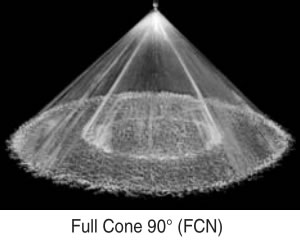

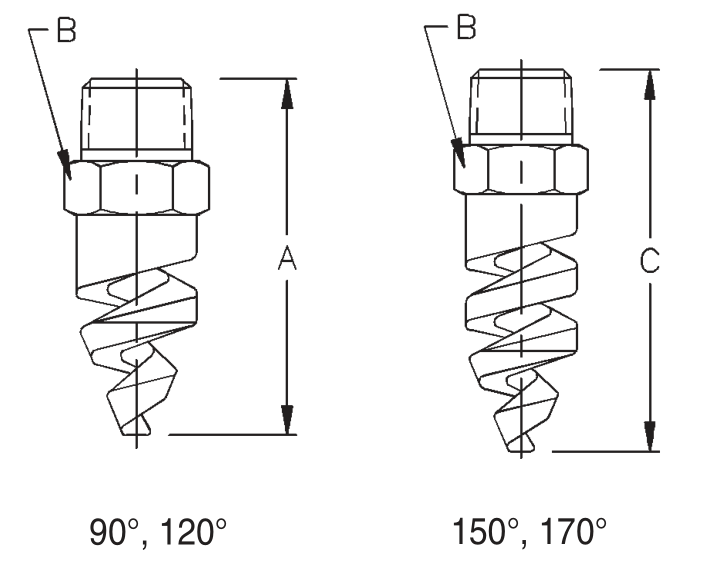
Full Cone, 60° (NN), 90° (FCN or FFCN), 120° (FC or FFC), 150° , and 170° Spray Angles, 1/8″ to 4″ Pipe Sizes
At present, the use of our company’s high wear-resistant ceramic lined steel pipe dozens of thermal power plant practice shows that: ceramic lined steel pipe anti-wear ability, anti-fluid erosion ability.
And it has developed rapidly. When transporting the materials with the harder abrasion (such as ash dregs, slag, coal powder, mining dregs, the rest mines, cement, etc), it will exit the problem that the abrasion of pipes is too rapid. Especially, the abrasion of bent pipes is greatly more rapid.
When transporting the special abrasion materials or erosive materials, it will exit the problem that the damage of pipes is too rapid.
SiC Ceramic lined pipe and the traditional steel pipe, wear-resistant alloy cast steel pipe, cast stone pipe and steel, steel and other rubber pipe is essentially different. Ceramic lined pipe is the outer layer of steel, the inner layer is RBSiC ceramic. Moh’s hardness of up to 13. Wear resistance than carbon steel pipe more than 30 times higher.
In a duct, the elbow wear the fastest, in practice, Ceramic lined pipe used after 1 to 2 years to open the observation and measurement, the composite layer are no obvious wear or tear off, ceramic-coated steel pipe wear Than the thick-walled wear-resistant cast steel pipe increased by nearly 10 times.
Silicon carbide (SiC) is a lightweight ceramic material with high strength properties comparable to diamond. It has excellent thermal conductivity, low thermal expansion, and is resistant to acid corrosion.
Silicon carbide is an excellent ceramic material suitable for applications requiring good corrosion resistance and wear resistance.
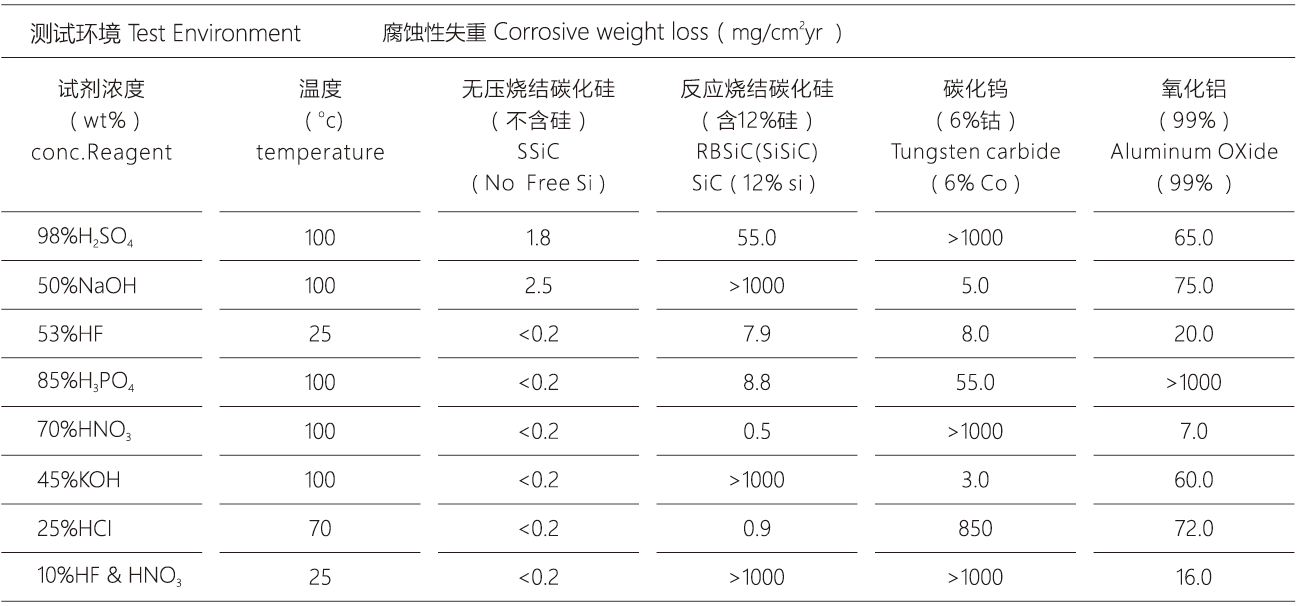
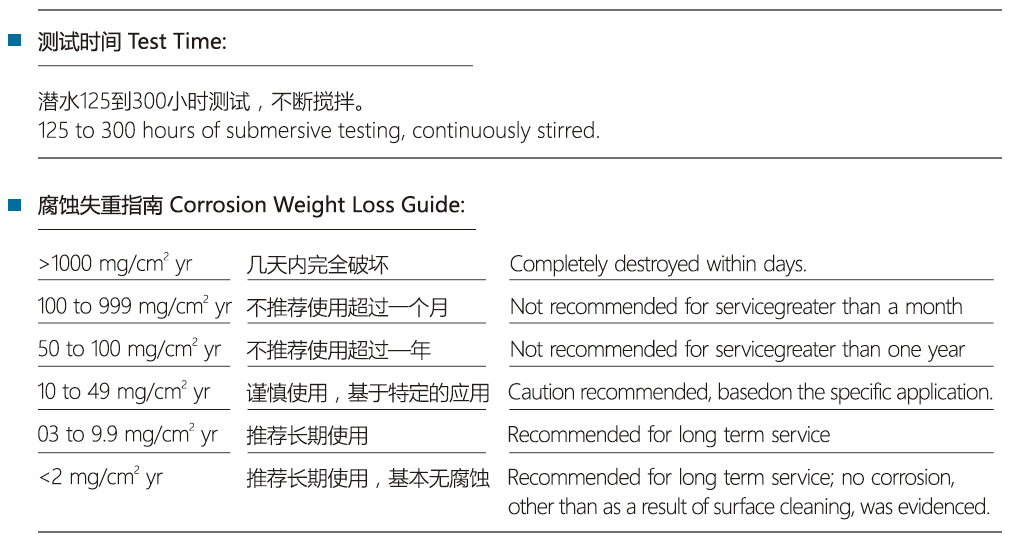
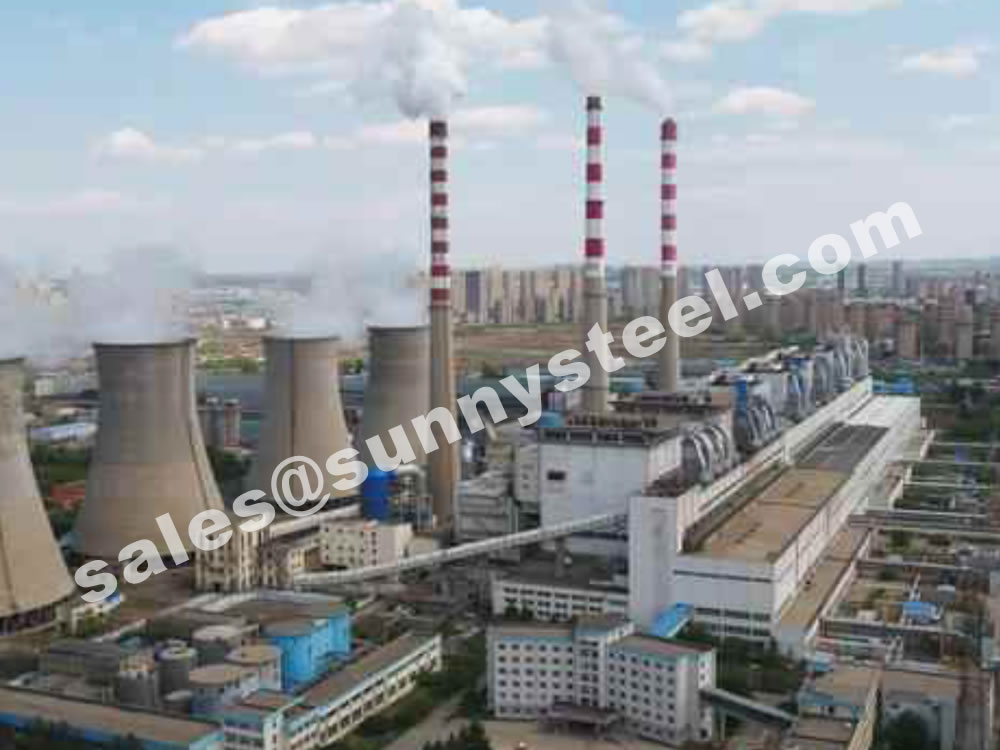
Our silicon carbide tube and fitting is carefully handled to minimize damage during storage and transportation and to preserve the quality of our products in their original condition. We guarantee intact during transportation, loading and unloading, and have measures to reduce vibration and impact, so as to ensure the integrity of the product during transportation.
Our Silicon Carbide Tubes (SiC Tubes) are carefully handled to minimize damage during storage and transportation and to preserve the quality of our products in their original condition.
Typical silicon carbide characteristics include:
Typical silicon carbide applications include:
They are used more for operation with wear at low temperature than for high temperature behavior. SiC applications are such as sandblasting injectors, automotive water pump seals, bearings, pump components, and extrusion dies that use high hardness, abrasion resistance, and corrosion resistance of carbide of silicon.
Metallurgy and power industry: The reason why these two industries are put together is mainly because the two industries have a large number of metal pipes for the transmission of coal powder, ash, mud, and the like. After using the wear-resistant elbow pipe, the advantages of strong wear resistance, long life and easy installation are immediately highlighted.
Mining industry: If the wear-resistant elbow pipe is not used, the ordinary pipe is used for the transportation of the ore powder. Due to the filling of the mine and the transportation of the concentrate powder, the wear of the pipe is relatively large, so that the life of these pipes is only about one year. After wearing elbow pipes, the life of such pipes will be extended by a factor of five.
Coal industry: If long-distance wet transport of coal is required, the pipe has the requirements of good wear resistance and high corrosion resistance, and the pipe with wear-resistant elbow can meet these requirements well.

When you partner with Sunny Steel, you can stop worrying about meeting deadlines thanks to our responsive and timely service. You'll also say goodbye to unnecessary shopping around. Instead, you'll get white glove service from an expert who understands your needs and can get you the materials you need quickly.
